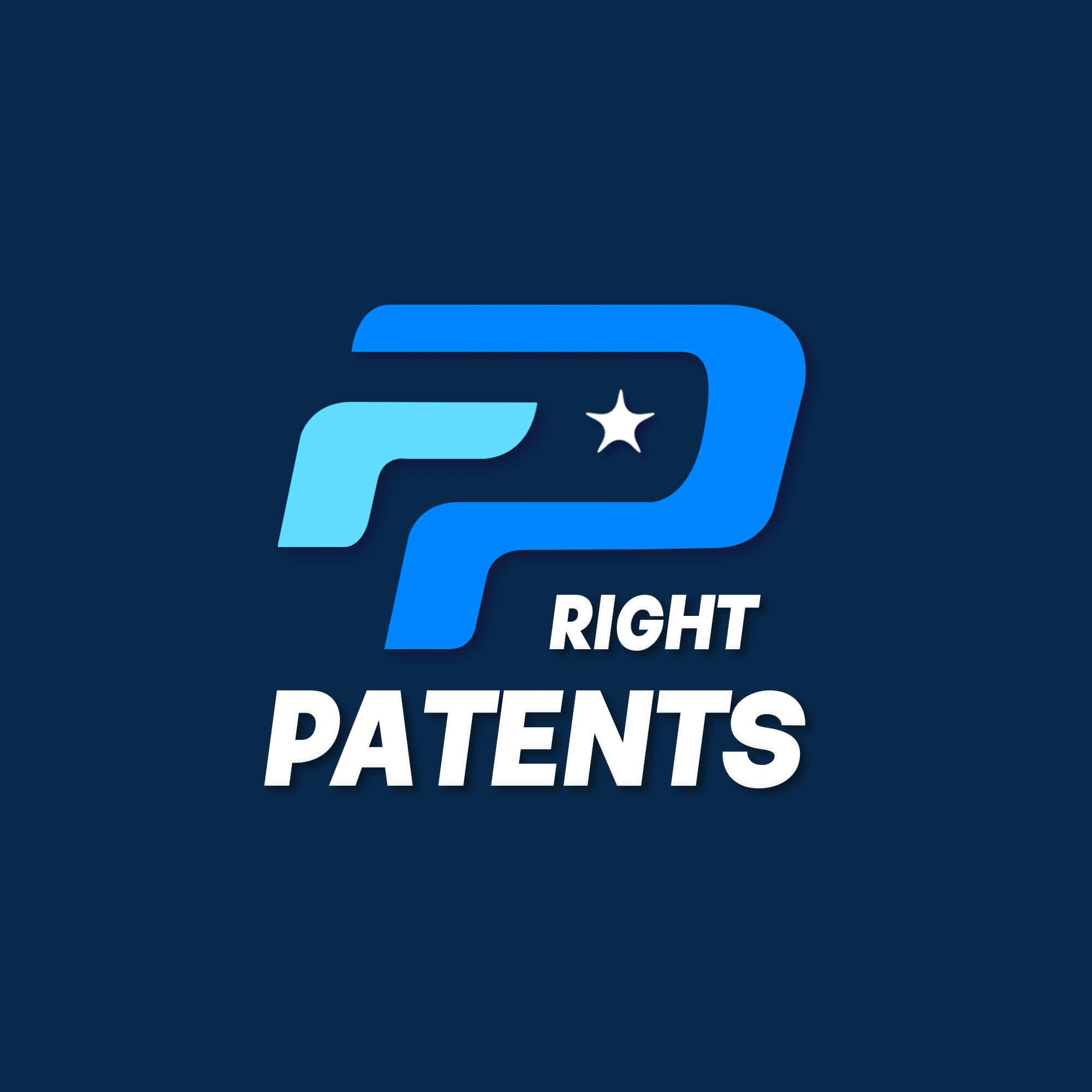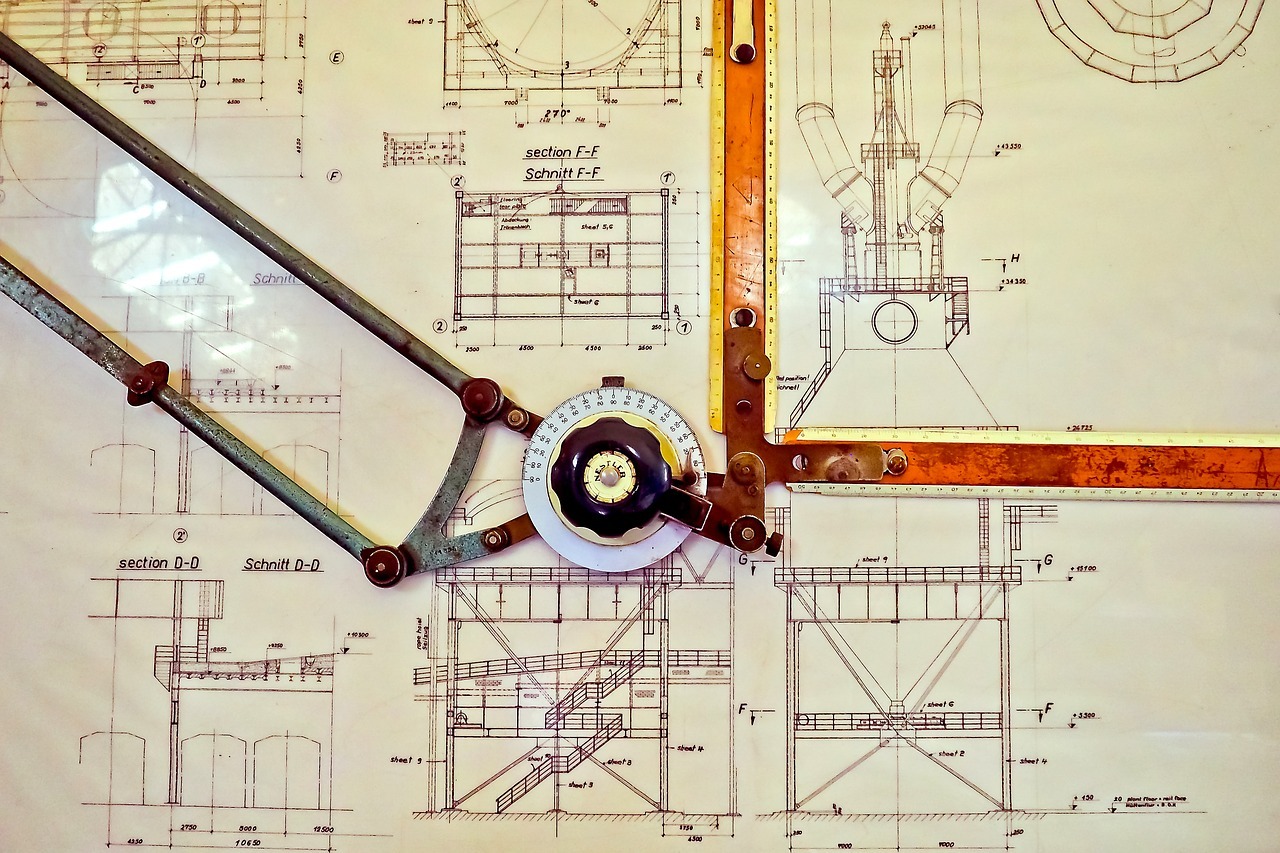Working with a Patent Illustrator: Patent drawings are an essential component of almost every patent application. Inventors may choose to work directly with patent illustrators, or they may have their patent attorney take care of getting the official patent drawings for them. Whether you’re an inventor or an attorney, there are a few things you can do that will make the job of the patent illustrator easier, which will help ensure that you receive the best and most accurate possible drawings in the shortest possible time.
You don’t need to worry too much about the technical requirements for the patent drawings. Any reputable and experienced patent illustrator will be up to date on the technical requirements of the relevant patent office, whether it’s the USPTO, the PCT, or other national offices.
Get error-free patent drawings in 4-6 days. Free Unlimited Revisions. Price starts at $30.
Number and Type of Views
One of the first things you want to consider is how many different views and what types of drawings you want to properly illustrate your invention.
Do you need separate drawings of different components? Would an exploded view help show how the pieces fit together?
Sometimes an inventor will say they don’t want to get too specific because they want to have as broad protection as possible, but that’s usually a mistake: if what you disclose in the patent application and drawings is too broad it’s much more likely to be viewed as part of the prior art and be found not eligible for a patent at all.
Considering that a typical patent application costs thousands of dollars, and patent drawings are relatively inexpensive (our prices typically range from $30 to $60/sheet) any additional expense on a few additional sheets is relatively small in the overall scheme of things, and it can help get your patent approved.
Source Materials
Patent illustrators can work from a variety of different types of source materials – narrative descriptions and sketches, photographs, diagrams, CAD files, etc. The most important thing is that the artist needs complete and accurate information. The drawing needs to accurately reflect the invention, which means the patent illustrator can’t be making any guesses about how different aspects of the invention should look.
Here are a few guidelines to keep in mind if you provide the illustrator with photographs to work from:
- Try to send photos that provide 360 degree coverage of the prototype. A short video going around the product also works.
- Send high resolution images.
- Place the center of the camera above the center of the side of the prototype you are photographing.
- Take photos from close-up.
If there are CAD files that have been created in the design process, those can be VERY helpful and can greatly expedite the illustrator’s work. Most CAD programs offer an option to export files to a standard format that we can import to our software. Attorneys often don’t think to ask their clients for CAD files, but if they are available it’s a big help.
Conclusion
Good communication is important. A simple patent illustration might not need any discussion or iterations. For a very complex invention, the illustrator may have some questions if the source material provided doesn’t cover everything. Even with good communications, it’s possible that on a complex invention, more than one iteration will be required to get to a drawing that accurately represents the invention.
And last but not least, don’t wait for the last minute to order your patent drawings. Attorneys will sometimes approach us a few days before a filing deadline or date committed to the client looking for drawings. While we do our best to accommodate such “rush” requests, they create a lot of stress and don’t allow much margin for any revisions that might be required.
A strong patent application is usually a team effort between the inventor, the patent attorney, support staff who work on tasks such as prior art searches, and the patent illustrator. We enjoy being a part of teams creating successful patent applications for exciting new products. You can learn more about how we work here.

